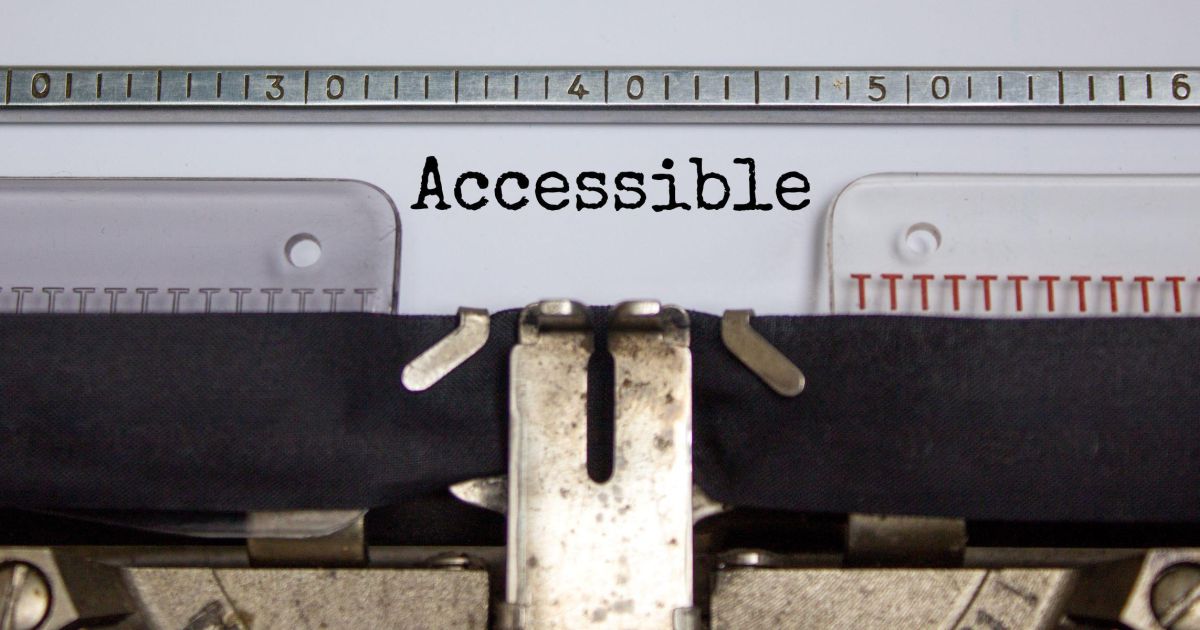Faced particularly with recruitment and workplace well-being challenges, companies must increasingly implement a comprehensive Diversity, Equity, and Inclusion (DEI) action plan. A process built on solid foundations, as discussed with professional Chantal Fifatin.
“Diversity is a reality, inclusion is a choice.” This quote, attributed to Nohemi Hervada, perfectly illustrates the difference between these two concepts that resonate more and more with companies. It must be said that the issue is becoming crucial for them, at a time when attracting and retaining talent are daily challenges. Especially since younger generations are more aware and sensitive to these issues.
“Building a Diversity, Equity, and Inclusion (DEI) action plan in your organization is not just a box to check, but a crucial action that is developed on solid foundations,” Chantal Fifatin, an HR professional and coach specialized in diversity and inclusion in the workplace, says.
Concretely, this includes:
- Genuine commitment from leadership
- Diagnosis
- DEI policy that positions the organization
- Measurable objectives
- Concrete and ongoing actions
- Monitoring and tracking progress
However, the journey is still long. According to a report published on April 15 by EY, only 7% of companies are truly inclusive! While this is a survey conducted only at the European level, its scope (900 executives and 900 employees in 9 European countries) provides valuable insights into the landscape in this regard.
Difference in Perception by Hierarchy
First, let’s note a crucial question addressed in the study when it comes to DEI: the exemplarity and representativeness of leadership. However, according to the data collected, only 34% of surveyed executives belong to underrepresented groups, compared to 66% of non-executive employees.

This stark discrepancy is reflected in the perception that each of these categories has of their company. Thus, two-thirds (66%) of executives rate the level of ethnic and cultural diversity in the organization positively… compared to less than half (48%) on the employees’ side. The widest gap concerns the level of LGBTQIA+ diversity (58% among managers compared to 35% for employees).

Hiring diverse employees is not enough. If they consistently find themselves at the bottom of the ladder, for example, we will create ghettos. They must be distributed throughout the structure, up to managerial positions,” believes Jean-Pierre Dupuis, honorary professor in the Department of Management at HEC Montréal in an article.
Precision: it is less about replacing current managers than about directing new hires. In other words, gradually initiating a virtuous circle of diversity by being more inclusive.
Feeling Oneself at the Office
The complexity of a DEI action plan stems from its multidimensional factor: it involves activating several levers. According to the EY survey, organizations are often more likely to take measures to promote gender diversity than socioeconomic or disability-related diversity.

This is not simply an ethical issue but also, and above all, a matter of workplace well-being and, consequently, talent attraction and retention. Approximately one-third of surveyed employees (30%) admit to having been victims of discrimination or harassment in their organization. Naturally, those who find themselves in this situation are more likely to want to leave their employer (64% compared to 17% for the rest of the employees).


The problem can be insidious: nearly half of the individuals did not report this discrimination or harassment. Hence the importance of creating a culture that promotes the psychological safety of its teams.
And there is evidently still work to be done: only 35% of women express a sense of belonging to their company, compared to 40% of men. And 25% of employees with physical or mental disabilities feel they belong to their company, compared to 39% of other employees.
Discover our trainings :



 training.isarta.com
training.isarta.com 

